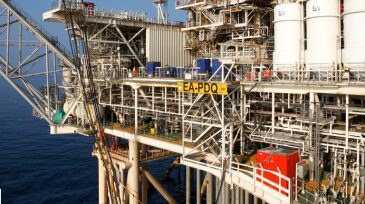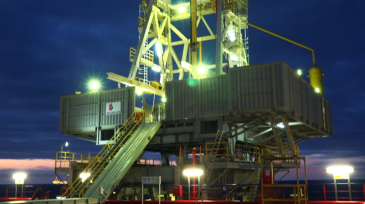Caspian
-
The authors of this paper describe a study of magnesian calcite particles forming hard, inhibitor-resistant calcium-carbonate-like deposits and potential mitigation measures.
-
Oil find will be tied into existing infrastructure for development.
-
The authors describe a laboratory method for measuring cement expansion that has been used to evaluate the total bulk volume change of cement based on curing in a dry environment and in water.
-
Chevron said it is returning production to normal after a week of antigovernment protests caused logistics disruptions in Kazakhstan’s principal oil-producing region, Mangastau, which borders the Caspian Sea.
-
Over the past 30 years Caspian nations such as Azerbaijan and Kazakhstan have built thriving economies on oil and gas wealth led by global energy companies and a handful of megaprojects. As times change, that model may need to be reassessed.
-
Field examples presented in the complete paper describe principles of data acquisition with a sand-detection tool when run in combination with a production logging string and results of logging in slightly deviated wells completed with sand screens.
-
A multizone water-injection project has ultimately proved a method of using intelligent completion interval-control valves in place of traditional sand-control completions in soft sand reservoirs.
-
BP and partners have sanctioned the Azeri Central East project, the next stage of development of the giant Azeri-Chirag-Deepwater Gunashli oilfield complex in the Azerbaijan sector of the Caspian Sea.
-
RDS, a KCA Deutag division, and Kavin Engineering and Services entered into a strategic alliance to jointly pursue design and engineering projects across the upstream and midstream oil and gas market. Last month, KCA Deutag agreed to form a joint venture with SOCAR.
-
Kashagan crude reached the global markets. The world’s most expensive upstream project restarted production and about 195,000 barrels, produced during the startup process, were shipped for export.










